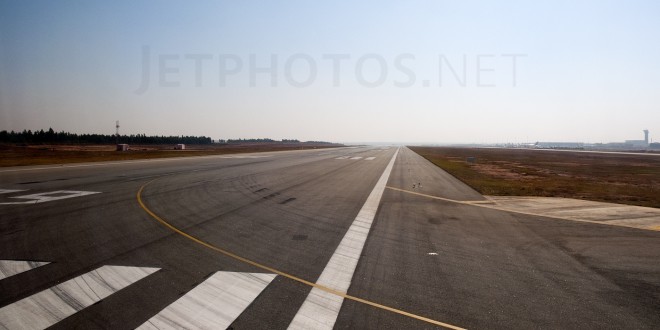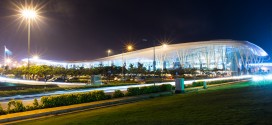As Air traffic grows at an exponential pace, Indian airports are struggling to keep up. Building capacity ahead of demand has never quite been the norm and this is now catching up. Airports like Mumbai, Bengaluru, Pune, Goa are severely constrained and in the near term the capacity woes will continue. While terminal capacity and landside capacity can be managed, the key challenge is runway capacity. Such is the case with Bengaluru and Mumbai airports.
Sources indicate that the ministry recently held a meeting to discuss runway closures in early 2017 proposed for Mumbai (BOM) and Bengaluru (BLR) airports. Specifically:
Mumbai:
- Runway 09-27 to be closed for operations between 0900 and 1700 hrs on a 6 days per week basis
- Closure period – 90 days between February and April 2017.
Bengaluru:
- Runway 09-27 to be closed for operations between 1030 and 1700 hrs
- Closure period – 75 days between February and April 2017.
- With the upgrades the peak runway capacity at Bengaluru is likely to touch 40 from the current 36 movements per hour (a mere 10%)
- A secondary runway planned in 2019 would further increase the capacity at BLR.
The closures are aimed at upgrading the airside infrastructure. Construction of Rapid Exit Taxiways (RETs) and Rapid Access Taxiways (RATs) will be undertaken as a part of this upgrade, enabling a higher runway capacity (measured in terms of movements per hour).
Impact of runway closure
For Mumbai, the closure would impact more than 200 flights per day including international flights. Given the traffic at the airport (CSIA traffic grew at more than 17% Year over Year with 3.8 million passengers in July 2016) the challenge will be exacerbated. The airport handles 26,000+ aircraft movements a month including freighters due to high cargo volumes, so the impact will be significant. The closure is planned for Q4 which is traditionally a weak quarter however, the impact still will be felt.
For Bengaluru, our assessment is an impact to over 100 flights per day to/from the airport. This airport too has seen rapid traffic growth (23% passenger growth year over year with driven by the city’s expansion). The airport handled 1.9 million passengers in July 2016.
Bengaluru airport was forced to repair its sole runway in February 2012, less than five years ago, and this caused significant disruption at the time, when traffic was far lower. Mumbai airport too performed a major operation on its main runway 09-27 in 2010. Incidentally both airports are owned by GVK and there is no clear explanation for the simultaneous closure of the sole / main runways are both airports.
How the airlines deal with such a closure will be interesting to watch but simple supply-demand dynamics would indicate that rising fare levels are likely. Even so, the higher fare levels will not make up for the loss of revenue due to the severe reduction in capacity. Additionally, airlines will have to redeploy the capacity elsewhere or plan for maintenance checks during this time. Add to this planning for diversions, filing of alternates and expansion plans of Indigo, Go, Vistara, Spice and Air Asia (all of whom have requested slots at both airports) and airlines will have their hands full.
Is the runway closure worth the trouble
In light of the ongoing construction of the second runway, we have to question the impact-benefit of inconveniencing passengers and airlines for a mere 10% increase in peak capacity of the runway? Why did the airport operator BIAL not plan for centre line lighting at the time of runway construction?
Overall, it is going to be a turbulent ride.
[bsu_note note_color=”#affbcd” text_color=”#070707″ radius=”4″]This analysis is written by an external aviation professional. The views may not reflect those of Bangalore Aviation in full or in part. The analyst remains anonymous as they are not authorised to place their views publicly.[/bsu_note] Bangalore Aviation News, Reviews, Analysis and opinions of Indian Aviation
Bangalore Aviation News, Reviews, Analysis and opinions of Indian Aviation





Bangalore airport needs a new terminal very soon. Work should accelerate.
Why airports were never a priority for the Govt earlier ? It’s only now that infra projects are being speed up, including expansion of existing Pune airport under IAF. Hope new one comes soon & Bangalore also gets new terminal.